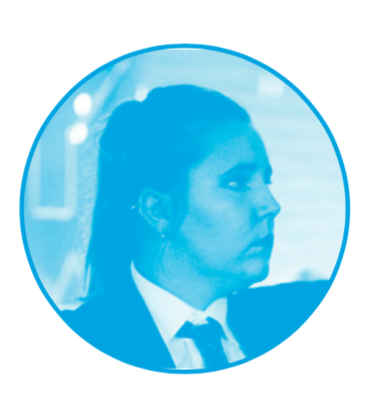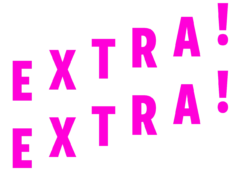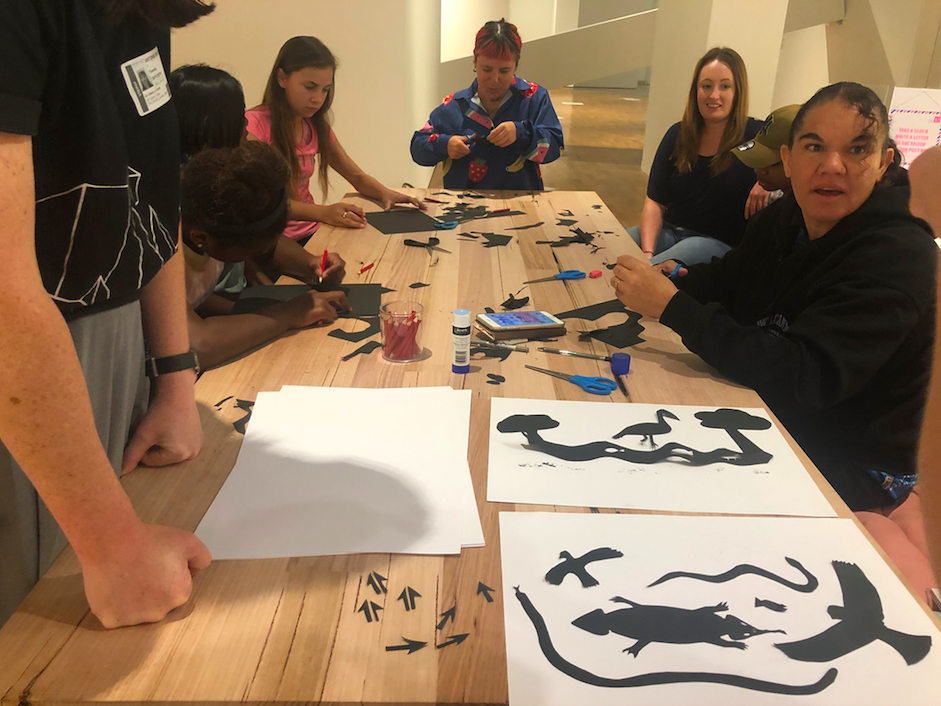by Amber Jones

Amber is an interdisciplinary performance artist, theatre-maker, and journalist
Last Tuesday students from Bourke Public School and Wilcannia Central School travelled eleven hours from inland western NSW to join us at the Kaldor Studio. Bourke and Wilcannia are both engaged in Your Public Art Project – an upcoming intitiative by Kaldor Public Art Projects. Connecting with primary and secondary schools across NSW, the program has extended its engagement with students from Dubbo, Parkes, Western Sydney, and Sydney’s inner west.
The Kaldor Public Art Projects’ physical archive serves as an introductory tool for the program, enabling students to understand diverse approaches to public art-making. The gallery recently held a major program launch and student showcase event, inviting student representatives and teachers from participating schools to discuss their own art project.
Wilcannia Central School students recently worked on a temporary mural on the main street of their town. Their mural explores their cultural connection to the Baarka (Darling River), and embodies their concerns about sustainable water management.
Lleah Smith is the assistant manager in education with Kaldor Public Art Projects, and throughout the program she was responsible for facilitating learning resources and conducting workshops with school students and staff members. She describes this project as being one of the highlights of her career.
“What you see in Wilcannia and Bourke’s responses have a real connection to land. And the landscape was a strong theme in their work because they’re experiencing the severity of the drought.
Lleah Smith, Kaldor Public Art Projects
“When I was talking to some of the students in regional towns, they were saying that they wanted to be a part of these kind of student protest marches, but they don’t have that same sort of space to be able to be as politically active,” Smith says.
At the EXTRA! EXTRA! headquarters, Alisa Croft from the Rizzeria invited pupils to sit at our workshop table, providing them with a sheet of black cardstock and a single lead pencil. Students drew totems or symbols that could be found in their mural, also reflective of Indigenous identity and culture. Drawing various native animals, pupils started cutting out their individual pieces to be placed, scanned and ultimately printed for themselves to take back home. Surrounded by a rich Australian landscape, emus, eagles, yabbies, lizards and fish swarm across the pages creating a vibrant composition expressing their Aboriginality. Selecting their colours, they opted for red, green and yellow resembling deep earthy tones symbolic of the landscapes they call home.
Wilcannia Central School is located in isolation, in the Broken Hill district, with 90 per cent Aboriginal enrolment. The school itself is committed to closing the achievement gap for Aboriginal and Torres Strait Islander students. Wilcannia is home for many Indigenous residents, mostly from the Barkindji nation. According to the 2016 census, Wilcannia had a population of 549. The environment is borderline semi-arid to desert, consisting of landscapes adapted to flooding.
Located 800km north-west of Sydney, Bourke is the traditional country of the Ngemba people. Bourke Public School aims to provide its students with knowledge and skills to help children operate effectively as members of society now and in the future. Bourke also has a hot semi-arid climate, with a minimal amount of rainfall throughout the year. As of 2016 Bourke had a population of 1,824 people, and the town itself represents the edge of the settled agricultural districts and the gateway to the outback that lies north and west of Bourke.
After our riso press printed 30 copies per school group, we rolled their individual prints up and invited them to take them away to share with their friends and family. They were then whisked away for a tour of the Yiribana Gallery supported by Indigenous educators from the AGNSW.
Your Public Art Project is still progressing, and is a continual process of questioning and reflecting.
“Each school responds to key concerns of their students and their community and are able to tailor their responses to Your Public Art Projects, to be most meaningful for their students and their wider community which is really special,” Smith says.
Your Public Art Projects is taking place in 2020, and the Kaldor Public Art Projects team are currently developing relationships with schools who want to get involved.

